PLANE:
The Sukhoi Su-27 (Russian: ????? ??-27; NATO reporting name: Flanker) is a Soviet-origin twin-engine supersonic supermaneuverable fighter aircraft designed by Sukhoi. It was intended as a direct competitor for the large US fourth-generation jet fighters such as the Grumman F-14 Tomcat and McDonnell Douglas F-15 Eagle, with 3,530-kilometre (1,910 nmi) range, heavy aircraft ordnance, sophisticated avionics and high maneuverability. The Su-27 was designed for air superiority missions, and subsequent variants are able to perform almost all aerial warfare operations. It was designed with the Mikoyan MiG-29 as its complement.
The Su-27 entered service with the Soviet Air Forces in 1985. The primary role was long range air defence against American SAC Rockwell B-1B Lancer and Boeing B-52G and H Stratofortress bombers, protecting the Soviet coast from aircraft carriers and flying long range fighter escort for Soviet heavy bombers such as the Tupolev Tu-95, Tupolev Tu-22M and Tupolev Tu-160.[2]
The Su-27 was developed into a family of aircraft; these include the Su-30, a two-seat, dual-role fighter for all-weather, air-to-air and air-to-surface deep interdiction missions, and the Su-33, a naval fleet defense interceptor for use from aircraft carriers. Further versions include the side-by-side two-seat Su-34 strike/fighter-bomber variant, and the Su-35 improved air superiority and multi-role fighter. A thrust-vectoring version was created, called the Su-37. The Shenyang J-11 is a Chinese license-built version of the Su-27.
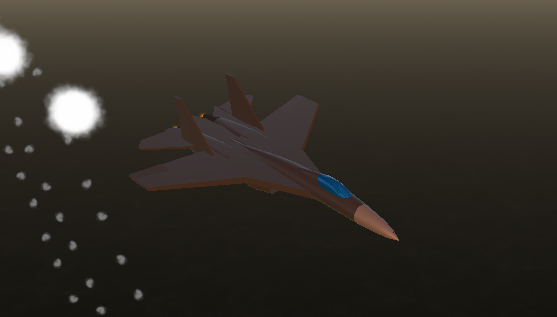
Variants :
T-10 ("Flanker-A")
[91] Initial prototype configuration.
T-10S ("Flanker-A")
[91] Improved prototype configuration, more similar to production spec.
P-42
Special version built to beat climb time records. The aircraft had all armament, radar and paint removed, which reduced weight to 14,100 kg (31,100 lb). It also had improved engines. Similar to the US F-15 Streak Eagle project. Between 1986 and 1988, it established and took several climb records from the Streak Eagle. Several of these records (such as time to climb to 3000 m, 6000 m, 9000 m, and 12000 m) still stands current as of 2019.[92][93]
Su-27 ("Flanker-A")
[91] Pre-production series built in small numbers with AL-31 engine.
Su-27S (Su-27 / "Flanker-B")
[91][94] Initial production single-seater with improved AL-31F engine. The "T-10P".
Su-27P (Su-27 / "Flanker-B")
[91][94] Standard version but without air-to-ground weapons control system and wiring and assigned to Soviet Air Defence Forces units. Often designated Su-27 without -P.[95]
Su-27UB ("Flanker-C")
[91][94] Initial production two-seat operational conversion trainer.
Su-27K (Su-33 / "Flanker-D")
[91][94] Carrier-based single-seater with folding wings, high-lift devices, and arresting gear, built in small numbers. They followed the "T-10K" prototypes and demonstrators.
Su-27KUB (Su-33UB)
Two-seat training-and-combat version based on the Su-27K and Su-27KU, with a side-by-side seating same as Su-34. One prototype built.
Su-27KM
A projected carrier–based fighter from the base Su-27 fighter that featured reverse-swept wings that was later implicated into the similar Su-47.[96]
Su-27M (Su-35/Su-37 / "Flanker-E/F")
[97][98] Improved demonstrators for an advanced single-seat multi-role Su-27S derivative. These also included a two-seat "Su-35UB" demonstrator.
Su-27PU (Su-30 / "Flanker-C")
[91][94] Two-seat version of the Su-27P interceptor, designed to support other single-seat Su-27P, MiG-31 and other interceptor aircraft in PVO service, with tactical data. The model was later renamed to Su-30, and modified into a multi-role fighter mainly for export market, moving away from the original purpose of the aircraft.
Su-32 (Su-27IB)
Two-seat dedicated long-range strike variant with side-by-side seating in "platypus" nose. Prototype of Su-32FN and Su-34.
Specifications
General Characteristics
- Created On Android
- Wingspan 34.8ft (10.6m)
- Length 54.1ft (16.5m)
- Height 14.5ft (4.4m)
- Empty Weight 7,631lbs (3,461kg)
- Loaded Weight 13,236lbs (6,003kg)
Performance
- Power/Weight Ratio 1.018
- Wing Loading 18.1lbs/ft2 (88.6kg/m2)
- Wing Area 729.6ft2 (67.8m2)
- Drag Points 3964
Parts
- Number of Parts 75
- Control Surfaces 4
- Performance Cost 435

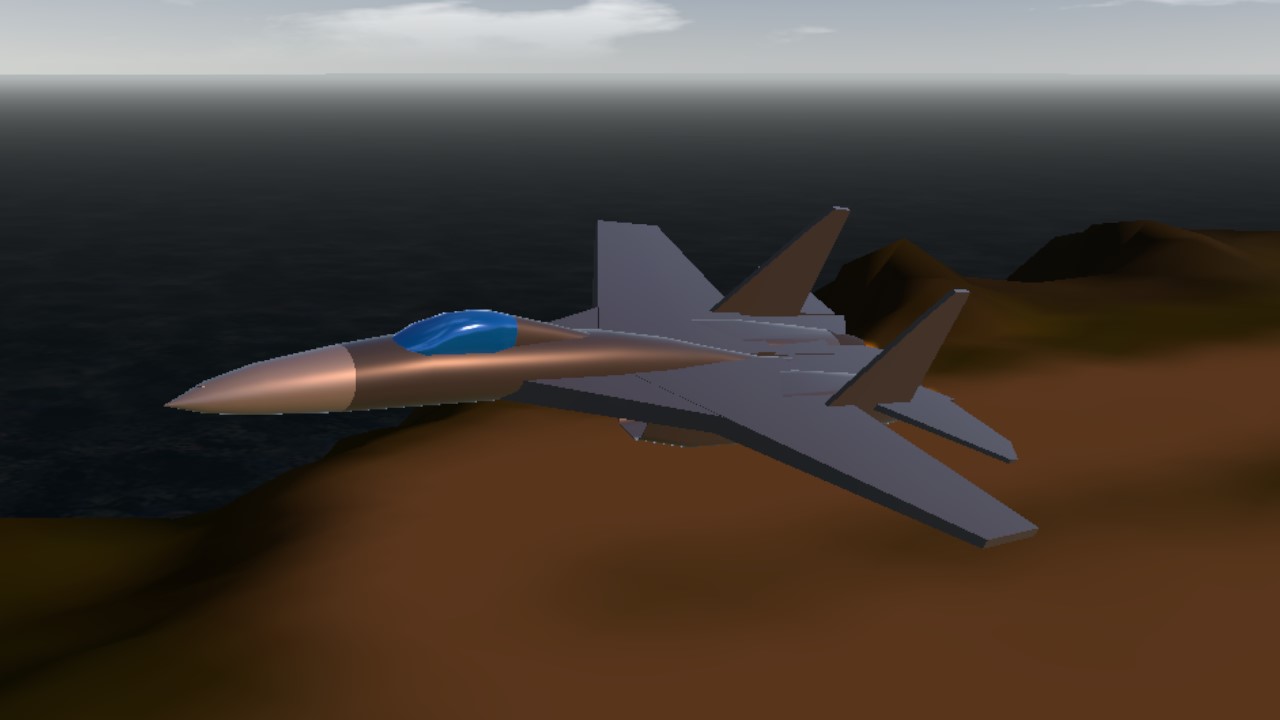
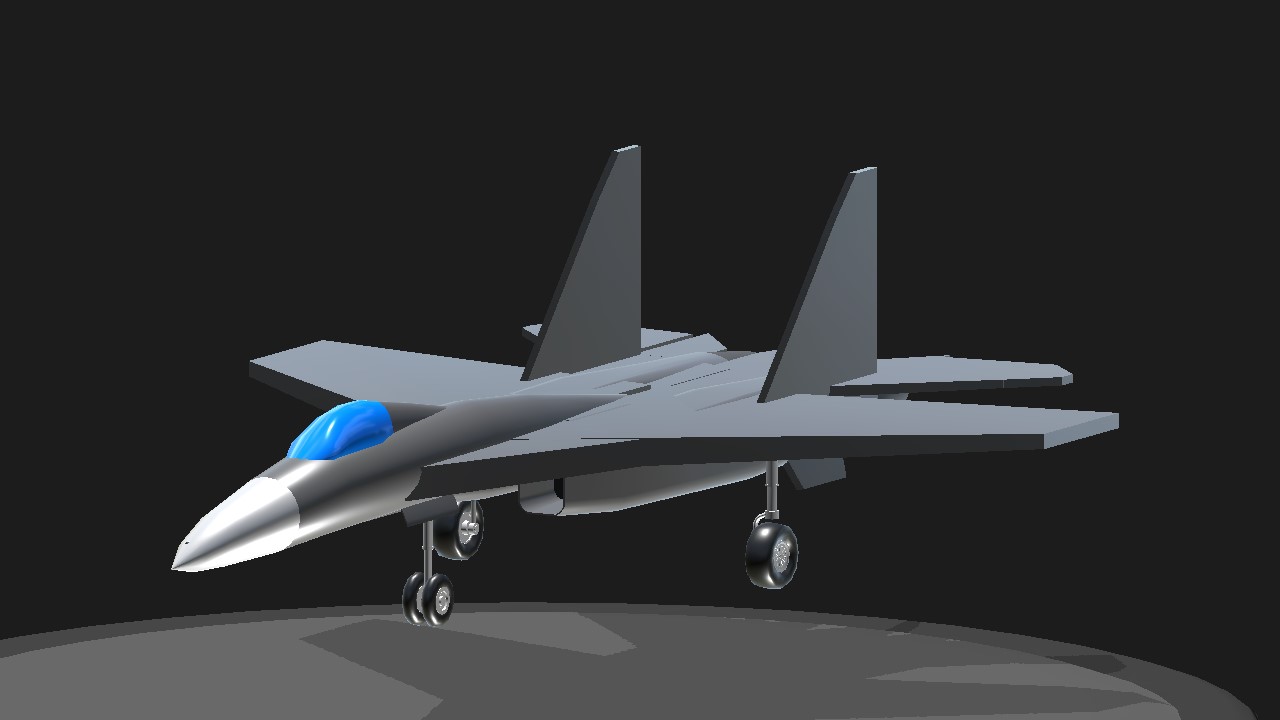
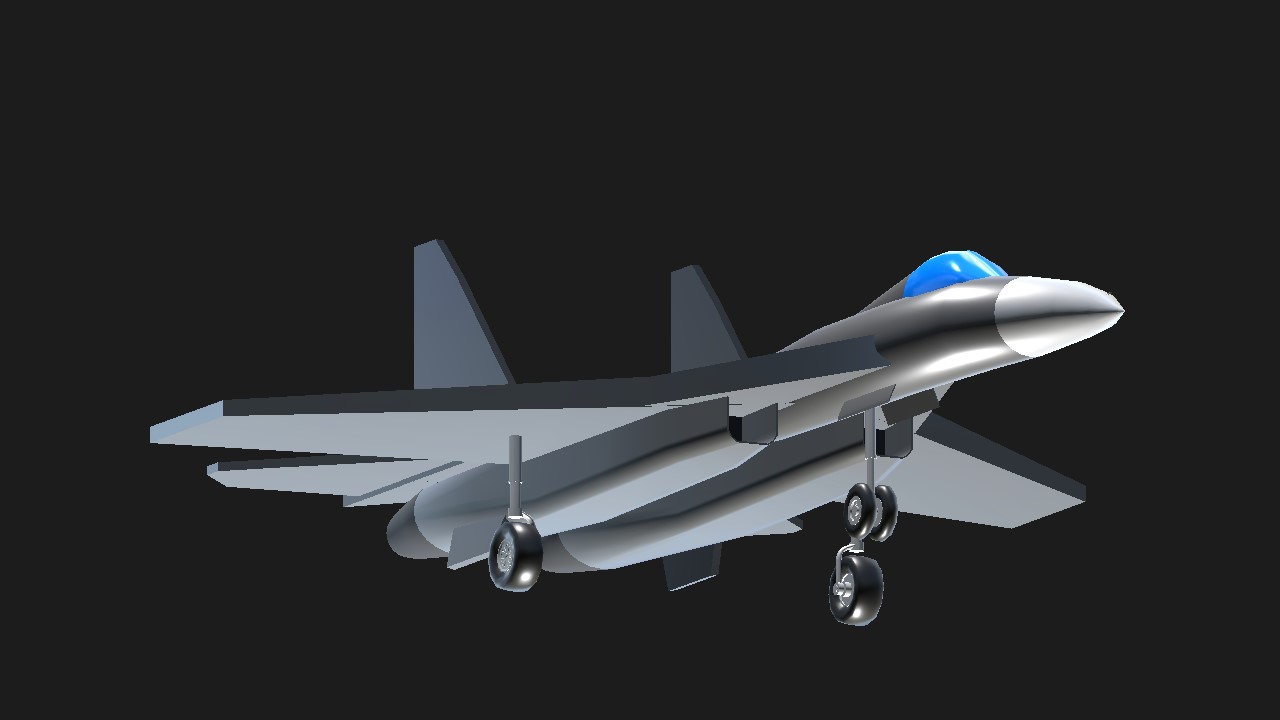
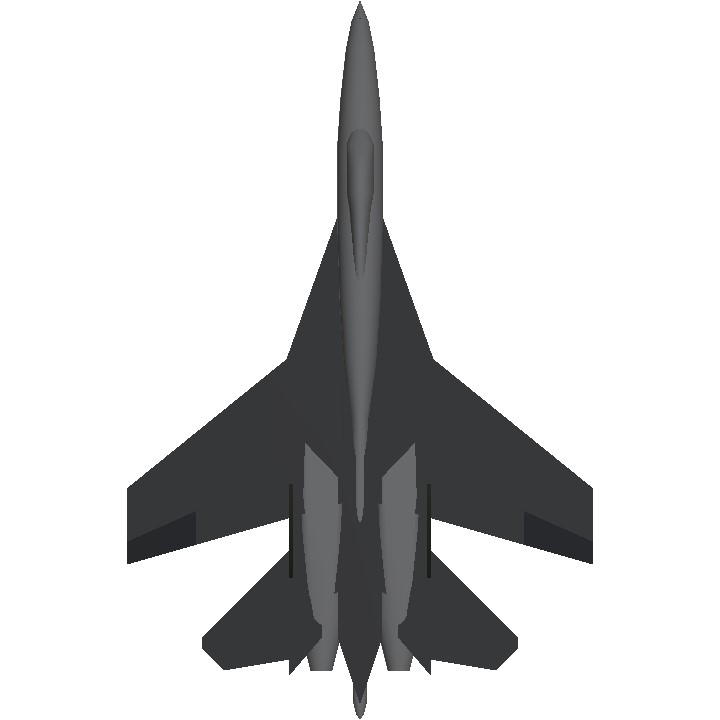
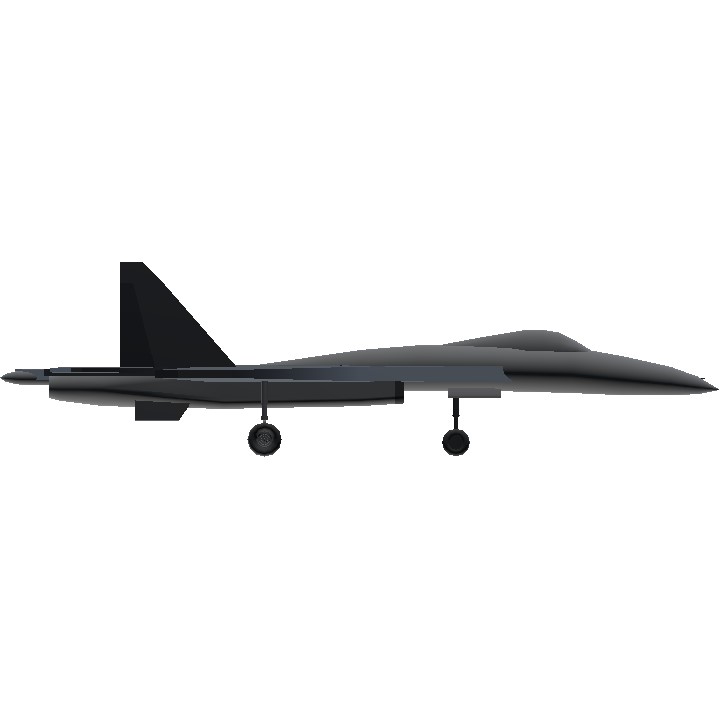
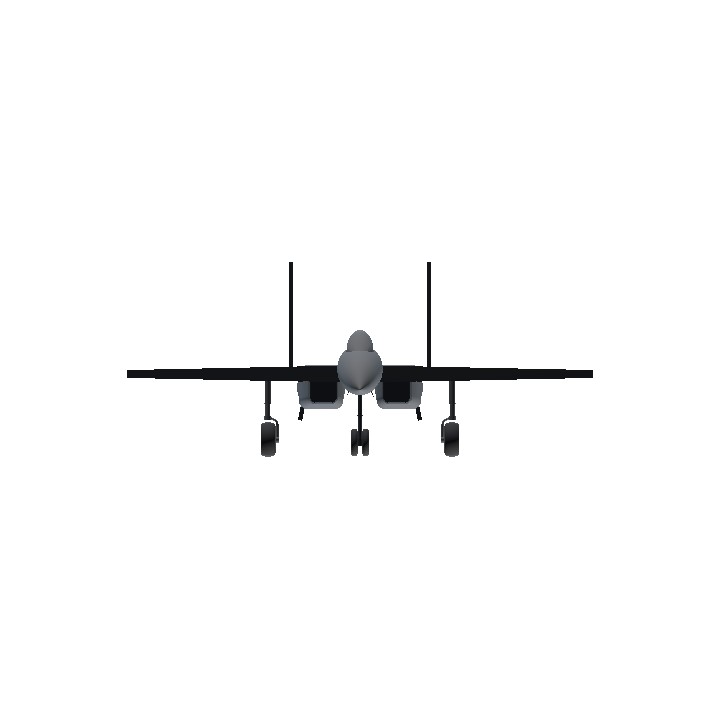
@CatdogAerospace ye
I knew it you using a PSM generator pacifically the one I use